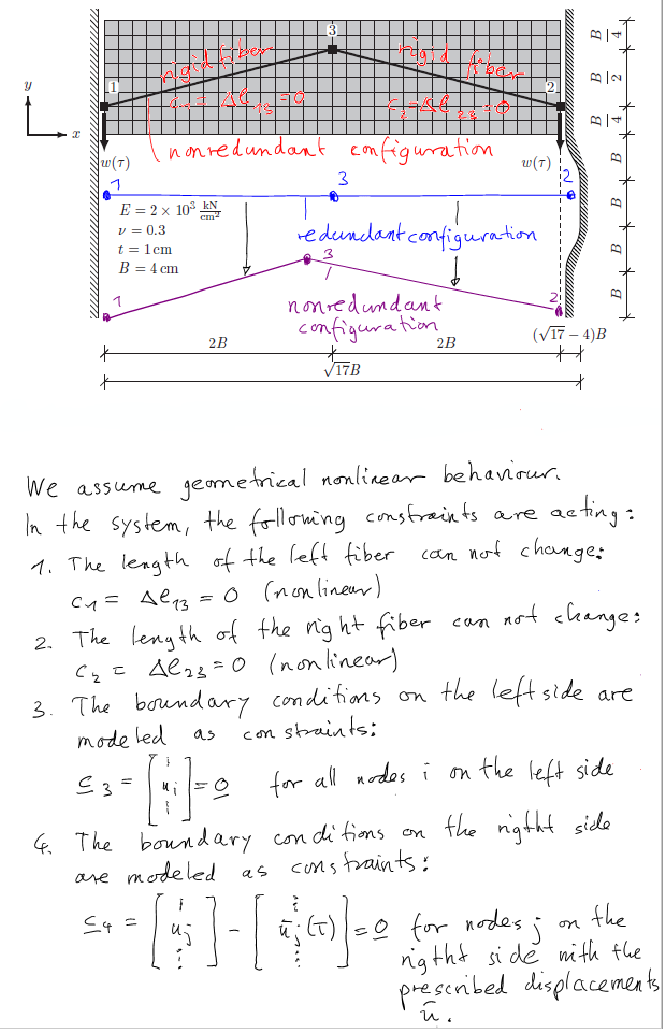TAGGED: constraints, mpc-constraint
-
-
May 20, 2025 at 8:32 am
boungard
SubscriberHi,
My name is Jonas Boungard, and I am a postdoctoral researcher at the Institute of Structural Analysis at the University of Kassel. One of my research interests is nonlinear multi-point constraints and their potential in the accurate modeling of complex technical systems.
I am currently evaluating different software solutions for my research and am particularly interested in Ansys Mechanical. I have some specific questions regarding the software's capabilities:
- Can Ansys Mechanical handle constraints that can become redundant over (pseudo) time (i.e., they are only redundant for certain deformations). In the manual, I have a only found a general statement on redundant constraints but as far as I understood, that refers to constraints that are always redundant.
- Could you name some test cases or examples of technical applications where Ansys Mechanical has been used to model systems with such temporarily redundant constraints? Understanding these use cases would help me better evaluate the software's suitability for my research.
Best regards,
Jonas Boungard
Institute of Structural Analysis
Faculty of Civil and Environmental Engineering
University of Kassel -
May 22, 2025 at 2:38 pm
dlooman
Ansys EmployeeHi Jonas, That concept doesn't exist in Ansys. We have a hard enough time identifying initial redundancies!
Dave
'Introducing Ansys Assistant a 24/7 AI-powered virtual assistant for active Ansys academic customers.'
-
May 28, 2025 at 2:18 pm
boungard
SubscriberHi, I have a follow-up question:
In the Mechanical APDL Theory Reference in section 14.11, overconstraint systems are briefly discussed. Here, two methods for the detection of slave dofs in the master-slave elimination are briefly presented. The elimination meethod is also capable of identifying redundant constraints. Based on your answer, this method is not used in the context of pseudo-time varying constraint, apparently. Is this correct or is there a misunderstanding?
I have also attached a picture of one of the problems, I am interested in. Is it possible to simulate this problem in Ansys?
-
May 28, 2025 at 2:47 pm
dlooman
Ansys EmployeeI see what you mean now. When the two rigid bodies align during solution there is a redundant axial constraint. I don't believe there is any redundancy check performed during solution that would detect this, but you could experiment with a Rigid Dynamics system to see how the solver behaves when this occurs.
-
- You must be logged in to reply to this topic.



-
3145
-
1007
-
935
-
858
-
792

© 2025 Copyright ANSYS, Inc. All rights reserved.








